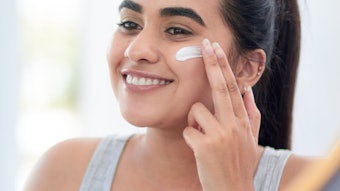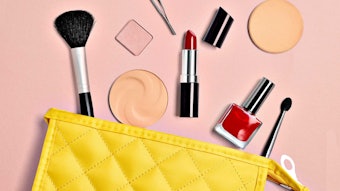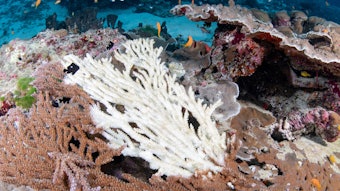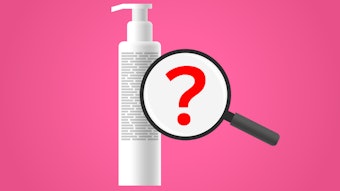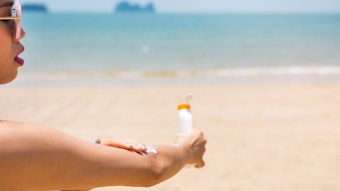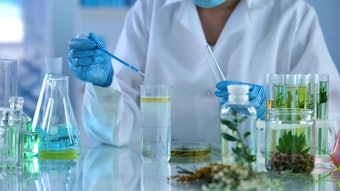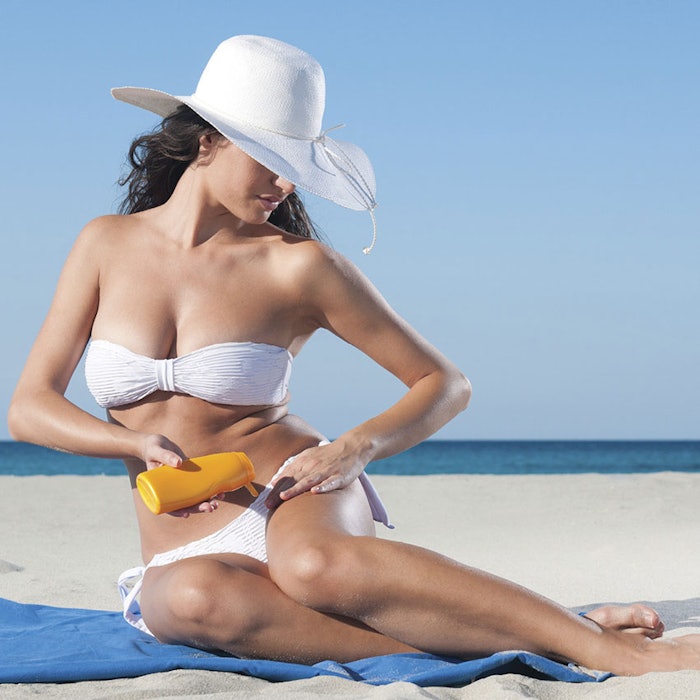
When I was in school, complex calculations were carried out using log tables, though we were permitted to use slide rules for quick calculations where the necessary level of precision was achieved. It wasn’t that we didn’t have personal computers—we didn’t even have pocket calculators! Neither had yet been developed. However, what we did have was the ability to look at the answer to see whether it made sense; we knew roughly what the answer should look like.
Technology now means that individuals have access to levels of computing power that would have been unimaginable only a generation ago, but with that has come an increasing tendency to take the output of such technology at face value. The term face value originates from money, and is the value given to an essentially worthless piece of metal or paper simply by virtue of a number present on its face. Yet if I were to place the same number on a page from my notebook, no one would take that at face value, but would recognize it as worthless.
This is the skill we need to cultivate, particularly now that the efficacy of cosmetic products is supported by evermore complex technology making detailed measurements of many parameters, which are then analyzed for statistical significance. We need to be able to spot a result that is simply unexpected, not always taking the numbers at face value, and be prudent before basing decisions on them.
Of course, that outlier may be a false impression of high efficacy or a false impression of poor efficacy, but in either case it needs to be spotted, investigated and, if necessary, corrected.
This is especially important in the case of sun protection products where consumer safety relies on the labeled SPF value being an accurate representation of product performance in protecting against UVB rays. If the product fails to deliver on its claim, a consumer will not get the protection they expect and may be burned by the sun as a result.
Conversely, if a product provides significantly greater protection than it claims, consumers using that product will gain a false impression of the degree of protection provided by the declared SPF. If they then change to another product or brand with the same or similar SPF declaration, they will not obtain the degree of protection they have become accustomed to and again may be harmed.
SPF Revisited
In the EU and across most of the world, the measurement of SPF is based on an in vivo test method. This involves exposing human skin to UV light to determine the exposure necessary to cause minimal reddening, applying product and then exposing the protected area to see the exposure now needed to cause minimal reddening. The multiple of “protected” dose over “unprotected” dose gives the SPF. Simply, if protected skin requires 15 times the dose of UV to cause minimal reddening compared to unprotected skin, the SPF is 15.
Although this sounds relatively straightforward, there are many variables that need to be controlled to ensure a consistent and reproducible test method—further variables in the conduct of the test means the data needs to be analyzed appropriately in order to ensure the result is statistically robust. Such variables include the UV source itself, the assessment of minimal reddening, the quantity of product applied and how it is applied, and the biological variability between individuals.
There is still the possibility of a rogue result, despite method protocol attempts to control all of these variables as far as possible per International Organization for Standardization (ISO) standard testing. It might be a statistically robust value, but it is still rogue. Therefore, it is essential to not take this result at face value but to call on corroborating evidence. This is why the on-pack SPF number is not based on the final in vivo SPF test alone.
We need to be able to spot a result that is simply unexpected, not always taking the numbers at face value, and be prudent before basing decisions on them.
Testing Based On Success
Corroborating evidence usually comes from the skill and knowledge of the formulator, who calls upon past experience from developing the product to ensure sufficient and appropriate UV filters are included and well-dispersed; that the product is stable; and that application produces an even spread of product that remains in place on the skin. Other desired attributes will also be incorporated and influence the final outcome. During product development, the formulator will test the new mix in comparison with tried and trusted existing products to ensure the desired protection level is delivered, and will adjust the formulation as necessary. Thus, when the product is subjected to a full in vivo SPF test according to the ISO method, the developer has a good idea of the intended outcome—and, from past experience—the likely variation in the expected result.
For example, in testing an SPF 30 product, some individuals within the panel will exhibit higher or lower results than SPF 30 during the test, but all must be within a specified percentage of the mean for the test to be statistically valid. However, separate to that, corroborating evidence is needed against which one can judge whether or not the SPF obtained from a statistically valid test makes practical sense. If a repeat test on the same or similar product shows wildly different results, the operator and/or the formulator should be questioning the situation.
In those circumstances, there would be a thorough review of the whole development program, a re-appraisal of the control products used as benchmarks and a re-examination of the manufacturing records of the test batch to identify why the unexpected discrepancy arose. Certainly, it would be incorrect simply to label the SPF 30 product as SPF 20 or SPF 50 based solely on one SPF test taken at face value.
Conclusion
While there are variables in the in vivo SPF test method, it is simple biology. The ISO in vivo SPF test method is dependable when the results are used in conjunction with a body of supporting information on the product.
Of course, we must not forget that sun protection products should also protect against UVA rays, which is determined in the EU using the ISO in vitro UVA test method—the results of which should consistently parallel the SPF level.



